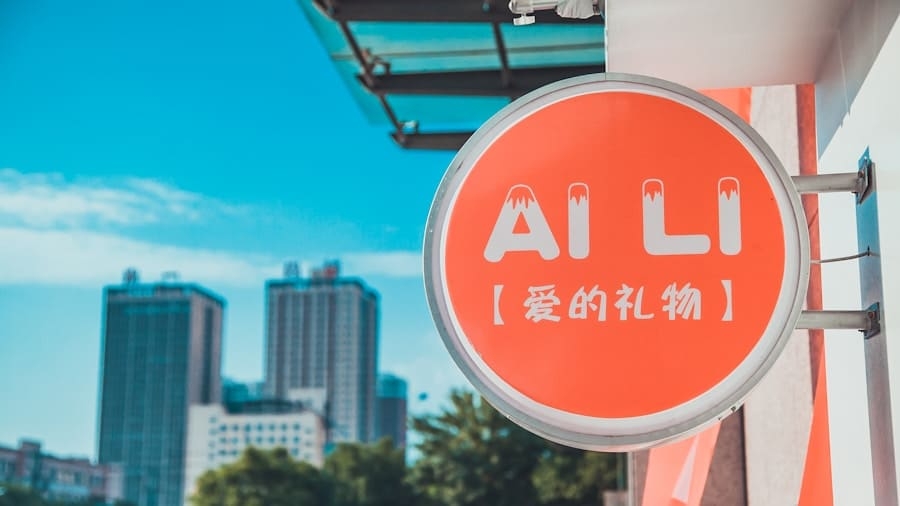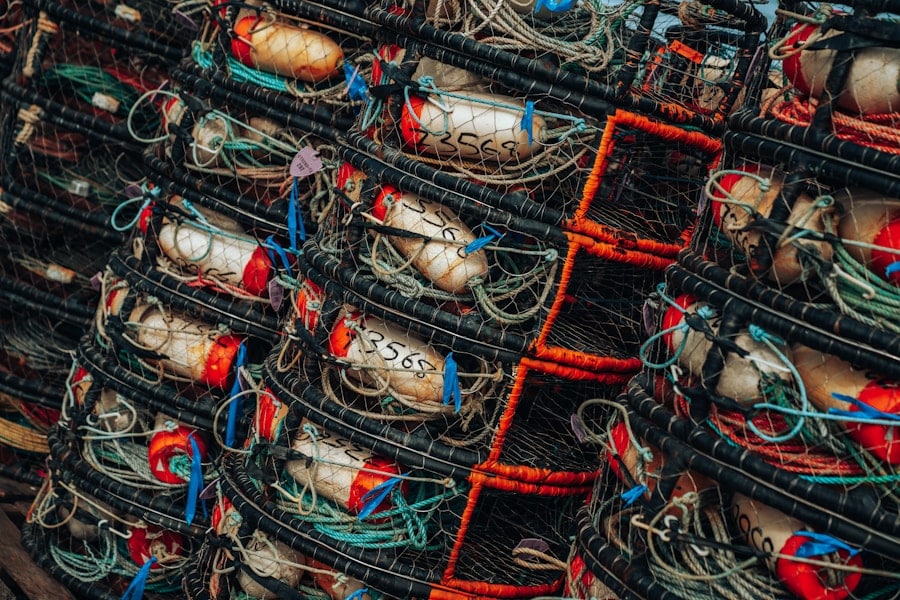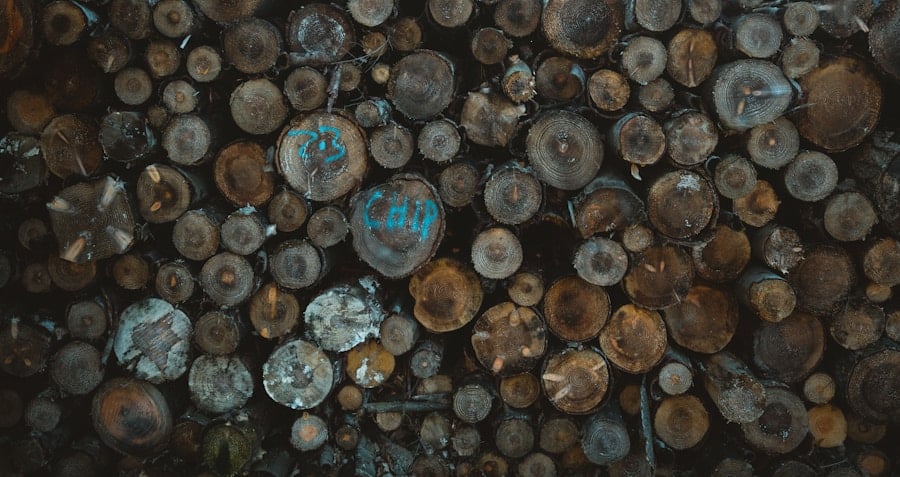The intersection of artificial intelligence (AI) and the circular economy model represents a transformative shift in how industries approach sustainability and resource management. The circular economy is predicated on the principle of designing systems that minimize waste and make the most of available resources. Unlike the traditional linear economy, which follows a ‘take-make-dispose’ model, the circular economy emphasizes the continual use of resources, promoting recycling, reuse, and regeneration.
This model not only aims to reduce environmental impact but also seeks to create economic value through innovative practices. AI plays a pivotal role in enhancing the circular economy by providing tools and technologies that optimize resource use, improve efficiency, and facilitate better decision-making. Through advanced data analytics, machine learning algorithms, and predictive modeling, AI can help organizations identify opportunities for waste reduction, streamline supply chains, and enhance product lifecycle management.
As businesses increasingly recognize the importance of sustainability, the integration of AI into circular economy practices is becoming essential for driving innovation and achieving long-term viability.
Key Takeaways
- AI and the circular economy model aim to create a sustainable and efficient system by minimizing waste and maximizing resources.
- Current challenges in implementing the circular economy model include lack of data, inefficient processes, and resistance to change from traditional linear economy practices.
- AI can streamline the circular economy model by optimizing resource management, predicting consumer behavior, and automating processes for better decision-making.
- Case studies of AI implementation in circular economy practices show improved waste management, supply chain optimization, and product design innovation.
- Big data and machine learning play a crucial role in advancing the circular economy by providing insights for better resource utilization and predictive analytics for sustainable practices.
- Potential risks and ethical considerations of AI in the circular economy include job displacement, data privacy concerns, and algorithm biases.
- Future opportunities and innovations in AI for the circular economy include autonomous recycling systems, smart product tracking, and personalized sustainable solutions.
- The impact of AI on the future of the circular economy model is promising, with the potential to revolutionize resource management and create a more sustainable and efficient global economy.
Current Challenges in Implementing the Circular Economy Model
Knowledge Gap and Resistance to Change
One of the primary obstacles is the lack of a comprehensive understanding of circular principles among businesses and consumers alike.
This knowledge gap can lead to resistance to change, as stakeholders may be hesitant to invest in new technologies or processes without a clear understanding of their benefits.
Complexity of Supply Chains
Another challenge lies in the complexity of supply chains. In a circular economy, products are designed for longevity, repairability, and recyclability, which requires collaboration across various sectors and stakeholders. This interconnectedness can complicate logistics and increase costs, particularly for small and medium-sized enterprises (SMEs) that may lack the resources to navigate these complexities.
Regulatory Frameworks and Incentives
Additionally, regulatory frameworks often lag behind innovative practices, creating uncertainty for businesses looking to adopt circular strategies. Without supportive policies and incentives, companies may be reluctant to invest in circular initiatives.
How AI Can Streamline the Circular Economy Model
AI has the potential to address many of the challenges associated with implementing the circular economy model by streamlining processes and enhancing decision-making capabilities. One way AI can contribute is through predictive analytics, which allows organizations to forecast demand more accurately and optimize inventory management. By analyzing historical data and market trends, AI algorithms can help businesses determine when to produce or restock products, reducing excess inventory and minimizing waste.
Moreover, AI can facilitate better product design by enabling companies to simulate various scenarios and assess the environmental impact of different materials and manufacturing processes.
This capability not only leads to more sustainable products but also encourages innovation by allowing designers to experiment with unconventional materials or structures that may have been overlooked in traditional design processes.
Case Studies of AI Implementation in Circular Economy Practices
Several organizations have successfully integrated AI into their circular economy practices, demonstrating its potential to drive sustainability while enhancing operational efficiency. One notable example is Unilever, which has leveraged AI to optimize its supply chain and reduce waste. By utilizing machine learning algorithms to analyze consumer behavior and predict demand patterns, Unilever has been able to minimize excess production and improve inventory management.
This approach not only reduces waste but also lowers costs associated with unsold products. Another compelling case is that of Philips, a company that has embraced circularity in its business model by offering lighting as a service rather than selling products outright. Philips employs AI-driven analytics to monitor the performance of its lighting systems in real-time, allowing for proactive maintenance and ensuring that products are used for their maximum lifespan.
This model not only enhances customer satisfaction but also reduces resource consumption by extending the life cycle of lighting products.
The Role of Big Data and Machine Learning in Advancing the Circular Economy
Big data and machine learning are integral components in advancing the circular economy by providing insights that drive informed decision-making. The vast amounts of data generated from various sources—such as consumer behavior, supply chain logistics, and environmental impact—can be harnessed to identify patterns and trends that inform circular strategies. For instance, companies can analyze data on product usage to determine when items are likely to be discarded or replaced, enabling them to design take-back programs or recycling initiatives that align with consumer habits.
Machine learning algorithms can also enhance resource recovery processes by improving sorting technologies in recycling facilities. By employing computer vision and deep learning techniques, these algorithms can accurately identify different materials in waste streams, increasing recycling rates and reducing contamination. This capability not only improves the efficiency of recycling operations but also ensures that valuable materials are recovered and reintroduced into the production cycle.
Potential Risks and Ethical Considerations of AI in the Circular Economy
Data Privacy Concerns
One concern is data privacy; as organizations collect vast amounts of consumer data to inform their circular strategies, they must ensure that this information is handled responsibly and transparently. Consumers are increasingly aware of their data rights, and any misuse or mishandling could lead to reputational damage for companies.
Risk of Exacerbating Inequalities
Additionally, there is a risk that reliance on AI could exacerbate existing inequalities within industries. Smaller businesses may struggle to compete with larger corporations that have greater access to advanced technologies and data analytics capabilities. This disparity could hinder the overall progress toward a more sustainable economy if smaller players are unable to adopt circular practices due to resource constraints.
The Need for Inclusive Policymaking
It is crucial for policymakers and industry leaders to create an inclusive environment that supports equitable access to AI technologies for all businesses.
Future Opportunities and Innovations in AI for the Circular Economy
The future holds significant promise for further innovations at the intersection of AI and the circular economy. One area ripe for exploration is the development of smart materials that can adapt to changing conditions or self-repair when damaged. By integrating AI with material science, researchers could create products that not only last longer but also respond dynamically to their environments, reducing the need for replacements.
Moreover, advancements in blockchain technology could complement AI efforts by enhancing transparency in supply chains. By providing a secure and immutable record of transactions, blockchain can help track materials throughout their lifecycle, ensuring that they are sourced sustainably and recycled effectively. This synergy between AI and blockchain could foster greater trust among consumers while enabling companies to demonstrate their commitment to circular practices.
The Impact of AI on the Future of the Circular Economy Model
The integration of AI into the circular economy model represents a significant step forward in addressing some of the most pressing challenges facing our planet today. By optimizing resource use, enhancing product design, and streamlining supply chains, AI has the potential to revolutionize how businesses operate within a sustainable framework. As organizations continue to embrace circular principles, it will be essential to navigate the associated risks thoughtfully while fostering innovation that benefits both society and the environment.
The ongoing evolution of AI technologies will undoubtedly shape the future landscape of the circular economy. As we move toward a more sustainable world, collaboration among businesses, policymakers, and consumers will be crucial in harnessing the full potential of AI to create a resilient circular economy that thrives on innovation while safeguarding our planet’s resources for generations to come.
In a related article, What is NFT Image?, explores the concept of non-fungible tokens (NFTs) and their impact on the digital art market. NFTs have the potential to revolutionize the way artists and creators monetize their work, offering a new way to authenticate and sell digital assets. This technology could play a significant role in streamlining the circular economy model by providing a secure and transparent way to track the ownership and provenance of goods. As AI continues to advance, it will be interesting to see how NFTs and other emerging technologies can work together to create a more sustainable and efficient economy.
FAQs
What is the circular economy model?
The circular economy model is an economic system aimed at eliminating waste and the continual use of resources. It focuses on reusing, sharing, repairing, refurbishing, and recycling materials and products to create a closed-loop system.
What is AI (Artificial Intelligence) and how does it relate to the circular economy model?
AI refers to the simulation of human intelligence in machines that are programmed to think and learn. In the context of the circular economy model, AI can be used to optimize resource usage, improve recycling processes, and enhance the efficiency of supply chains, thereby contributing to the overall sustainability of the model.
How can AI streamline the circular economy model?
AI can streamline the circular economy model by enabling predictive maintenance of machinery, optimizing waste sorting and recycling processes, improving supply chain management, and facilitating the development of new sustainable materials and products.
What are some examples of AI applications in the circular economy model?
Examples of AI applications in the circular economy model include smart waste sorting systems, predictive maintenance for machinery and equipment, intelligent supply chain management, and the development of AI-powered tools for material and product design.
What are the potential benefits of integrating AI into the circular economy model?
Integrating AI into the circular economy model can lead to increased resource efficiency, reduced waste generation, improved recycling rates, lower environmental impact, and the development of innovative sustainable solutions for businesses and industries.



